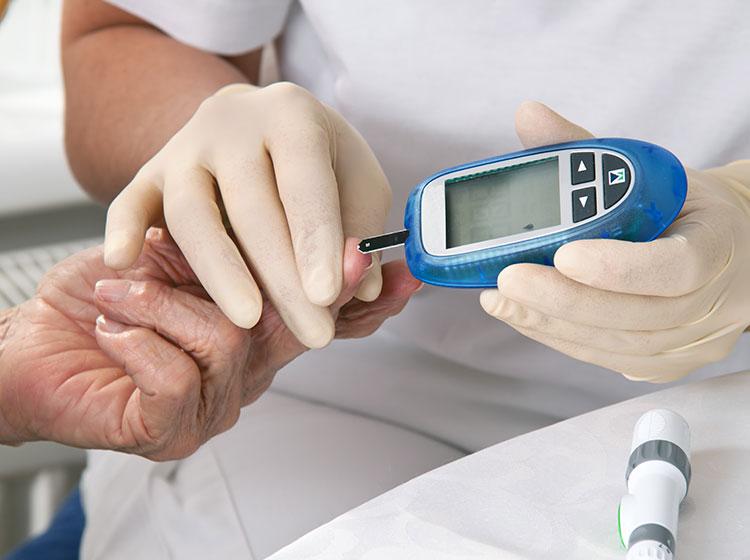Understanding Diabetes: What You Need to Know

Introduction
Diabetes is a chronic disease that affects millions of people worldwide. It occurs when the body cannot produce or use insulin properly, leading to high levels of glucose in the blood. This condition can cause a range of complications that can affect various parts of the body, including the heart, kidneys, eyes, and feet. In this blog post, we will discuss the basic understanding of diabetes, its types, symptoms, and treatment options.
Types of Diabetes
There are three main types of diabetes: Type 1, Type 2, and gestational diabetes. Type 1 diabetes occurs when the body’s immune system attacks and destroys the cells in the pancreas that produce insulin. As a result, the body cannot produce insulin, and glucose levels in the blood rise. Type 2 diabetes, on the other hand, occurs when the body becomes insulin resistant, meaning it cannot use insulin properly. This type of diabetes is often associated with lifestyle factors such as obesity and physical inactivity. Gestational diabetes is a type of diabetes that develops during pregnancy and usually resolves after childbirth.
Symptoms of Diabetes
The symptoms of diabetes can vary depending on the type of diabetes and the stage of the disease. In Type 1 diabetes, symptoms often develop quickly and may include increased thirst, frequent urination, extreme hunger, unexplained weight loss, and blurred vision. In Type 2 diabetes, symptoms may develop more slowly and may include fatigue, increased thirst, frequent urination, blurry vision, slow-healing wounds, and numbness or tingling in the hands or feet. Women with gestational diabetes usually do not have any symptoms, and the condition is usually detected during routine prenatal testing.
Treatment Options for Diabetes
The treatment for diabetes will depend on the type and severity of the disease. For Type 1 diabetes, insulin therapy is necessary to regulate blood glucose levels. This may involve multiple daily injections or the use of an insulin pump. Type 2 diabetes can often be managed with lifestyle changes such as a healthy diet, regular exercise, and weight loss. In addition, medications such as metformin and sulfonylureas may also be prescribed. Gestational diabetes can often be managed with lifestyle changes, although insulin therapy may be necessary in more severe cases.
Conclusion
Diabetes is a serious chronic condition that requires careful management to prevent complications. By understanding the types, symptoms, and treatment options for diabetes, individuals can take steps to manage their disease effectively. If you think you may have diabetes, it is important to speak with your healthcare provider to receive a proper diagnosis and develop a treatment plan. With proper care and management, individuals with diabetes can lead healthy and fulfilling lives.